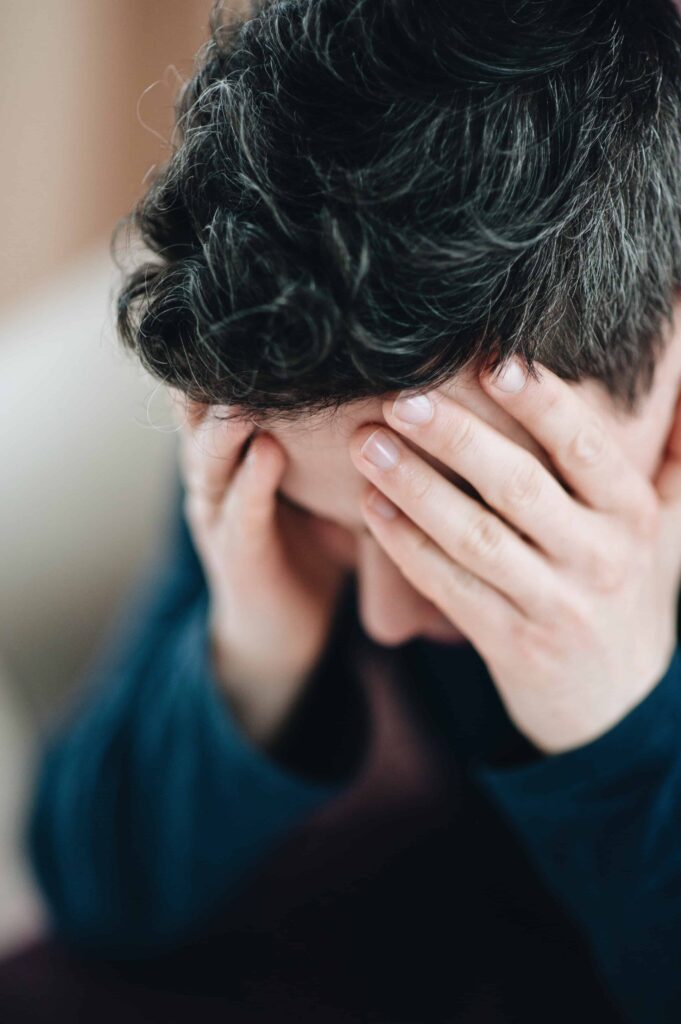Benzodiazepine Addiction Treatment
Recover from Benzo Addiction
Detox and Withdrawal in a Safe Environment

Regain Control of Your Life

Get Freedom from Addiction
Stop Benzo Use and Start Recovery
What started as a way to calm your anxiety, slow your racing thoughts, or just get some rest has now become an even bigger issue. An estimated more than five million Americans misuse Benzodiazepines, drugs that, when prescribed, are for treating anxiety and insomnia. More than 40% of people who use benzos become addicted to them and can’t quit taking them on their own, despite the negative consequences. They need help detoxing.
Benzodiazepines include:- Xanax (generic: Alprazolam)
- Klonopin (generic: Clonazepam)
- Restoril (generic: Temazepam)
- Ativan (generic: Lorazepam)
- Valium (generic: Diazepam)
If you can’t seem to quit benzos, it’s time to seek professional help. Shadow Mountain Recovery Centers can help you stop benzodiazepine use once and for all.

What Benzodiazepine Addiction Looks Like
Benzodiazepines are used for anxiety, seizures, insomnia, and other conditions. They’re meant for short-term, medically-supervised use to cope with symptoms, but even limited use can result in addiction.
People who take benzos often misuse them, including mixing them with other substances, such as drugs and alcohol, which can negatively alter the medication’s purpose and even be deadly. Misuse of benzodiazepines has severe consequences on the body. These adverse effects can create long-term health concerns and cognitive impairment, and when you mix them with other substances like alcohol or other drugs, it increases those risks.
Mixing benzodiazepines with other substances may cause an interaction that results in depression in the respiratory system and brain. Respiratory depression can cause inadequate breathing, leaving the body without ample oxygen and potentially resulting in death.
Other side effects of using benzos include:- Constipation
- Nausea
- Vomiting
- Dry mouth
- Drowsiness
- Lightheadedness
- Confusion
- Memory impairment
- Fatigue
- Increased or decreased appetite
- Sedation
- Reduced libido
- Improper body balance
- Fainting
- Increased or slowed heart rate
- Severe low blood pressure
- Jaundice
- Akathisia (movement disorder)
- Seizures
People who use benzos are at higher risk of suicide or accidental overdose. They also are likely to experience withdrawal symptoms if they attempt to stop using the drug. If someone tries to detox from benzodiazepines on their own by just stopping use, they could experience severe consequences, including death.

Experiencing Benzo Detox and Withdrawal
If you stop taking benzos suddenly, you’ll likely experience withdrawal symptoms. These symptoms often are why many people start using again after trying to stop, continuing the addiction cycle.
Benzodiazepine withdrawal symptoms include:- Headaches
- Panic attacks
- Difficulty concentrating
- Irritability
- Sleep issues
- Vomiting
- Increased anxiety
- Hand tremors
- Muscle pain and stiffness
- Perceptual changes
The severity of withdrawal symptoms varies based on the duration and amount of benzodiazepine use. Withdrawal symptoms can begin immediately or within hours after the last drug use. In some cases, withdrawal symptoms can be deadly. That’s why recovering in a safe environment with medical monitoring is vital.
Benzodiazepine Treatment at Shadow Mountain
Recovering from benzodiazepine addiction can seem like an impossible feat, but you can manage and treat it with proper care. Shadow Mountain helps adults with benzodiazepine addiction by providing medical detox and addiction treatment. Our treatment plans help you succeed and regain control of your life by experiencing freedom from addiction and preventing further cognitive decline.
Shadow Mountain offers many services customized just for your specific healing journey — from individual therapy sessions to group therapy. We will help you detox and prepare you for a lifetime of sobriety.
Treatment may include:

Detoxing is a process or time in which you remove harmful substances from your body. The withdrawal process can be challenging without proper care. Seeking medical detox provides proper medical supervision by professionals, medication assistance when dealing with withdrawal symptoms, and a safe place free from temptations.
During Detox at Shadow Mountain, we will use Medication Assisted Treatment (MAT) to ensure you remain comfortable under our care. We use medications that can alleviate withdrawal symptoms in tandem with behavioral therapy and whole-body treatments. The medications meet each client’s needs during the withdrawal and prevent discomfort while allowing the brain to process and work through things during behavioral therapies and activities to restore clients to full health rather than merely treating symptoms.
While outpatient therapy has proven effective, Shadow Mountain offers a residential or in-patient rehab that can help make the early stages of recovery much more bearable. An essential advantage of in-patient therapy is that it allows you to take control of your life by establishing daily schedules and goals.
Residential care means that you stay on-site at one of our two residential treatment programs in New Mexico, where medically trained professionals can help monitor and aid you along your journey. By completely immersing yourself in this environment, you have a safe place to heal, practice life skills, and recognize the many challenges of mental health concerns.


While staying one or many nights might not be possible, Shadow Mountain offers an adult intensive outpatient treatment program for anyone in treatment who wishes to make an appointment with our center.
After your visit, you can go back home to your daily life until your next appointment. This option allows you freedom and flexibility while maintaining tailored treatment just for you. It can allow you to get grounded back into daily life and set boundaries or goals for you to achieve along your healing journey.
Outpatient treatment can be excellent for those with a reliable support system and a desire to improve daily.
Treatment may seem elusive or frightening, but Shadow Mountain is here to help put you at ease. We communicate openly about the treatment process to help you find the right path for you.
Start Recovery Now
Shadow Mountain Recovery Centers provide safe, effective treatment for people with alcohol addiction, prescription pill dependency, and substance abuse. We also help you with any mental health disorders that may exist along with addiction. Our programs pair compassionate mental health professionals with the evidence-based treatments necessary for recovery. If you’re ready to commit to recovery from benzodiazepine addiction, we’re here to help.
Don’t wait another day to get the help you or a loved one needs.


